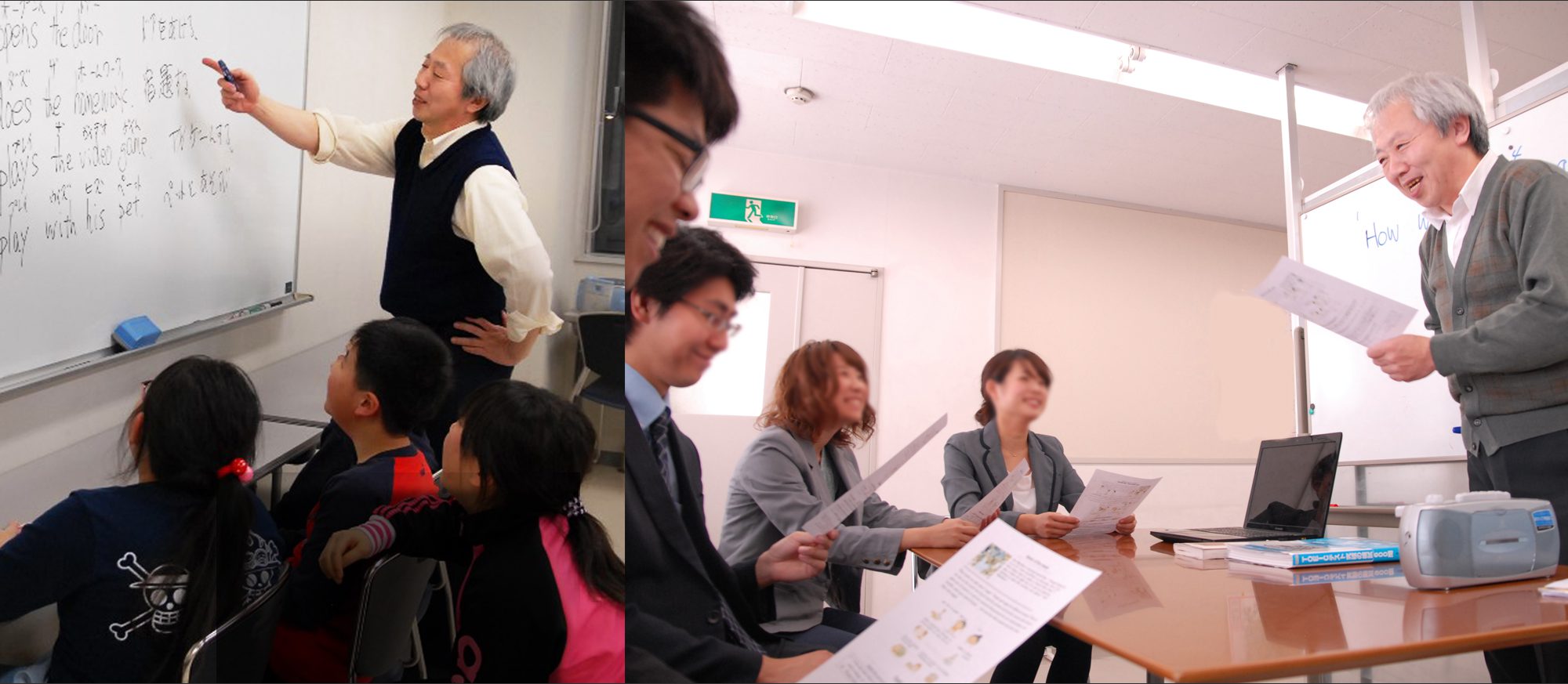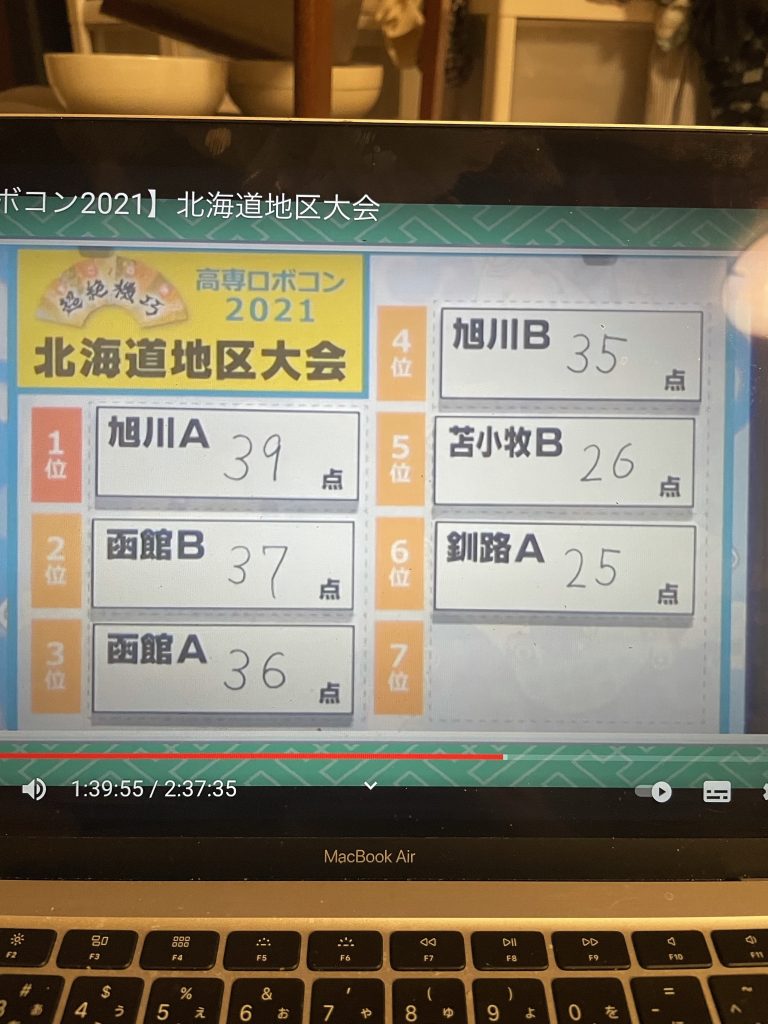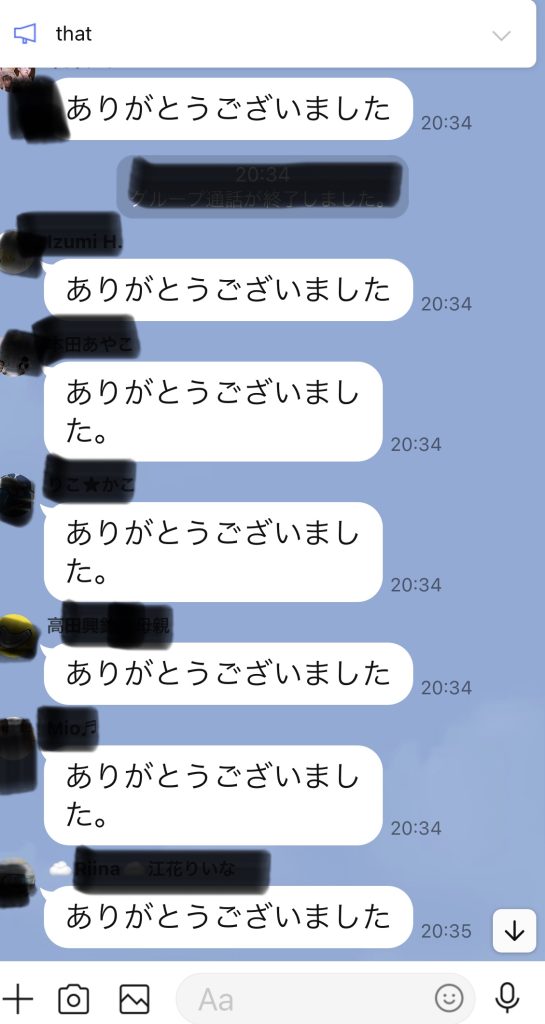Lately I’ve been thinking a lot about the value I place on certain items.
For example, if my house were to go up in flames, which items would I try to save?
Let’s pretend that each item weighs the same and is easy to carry, but that I can pick only one thing to bring with me.
Would it be something that brings me joy, like the snowboard I bought just last year or the television that I’ve relied on to keep me entertained during the pandemic?
Or would it be something more practical, like the new and ever-so-slightly-fancy fridge my wife and I bought a couple months? Perhaps it would be something that is practical but also boring, like a washing machine.
There are also numerous sentimental items that might be on my shortlist.
But — thanks to digital storage — I don’t think our photographs would make the cut.
Don’t get me wrong, there are some photos of family, friends and travel experiences that I cherish, but thankfully all of them are backed up digitally.
That’s undoubtedly a good thing. I suspect if I was pondering this question 30 years ago, prized photo albums would be at or near the top of my list of items to save.
Still, despite the benefits of digital storage, I have to wonder if it has caused me to devalue something that I might have once held dear.
We take so many photos in our day-to-day lives that it’s easy to forget how valuable each picture used to be. A century ago, getting a single portrait was an event. Even as recently as the 1990s, photos came at a premium, with film rolls limiting you to a couple dozen pictures that took time and money to have developed. Now, I can take 24 pictures and upload them to the web before I’ve even had breakfast.
Recently I was reminded that photos still hold a lot of value. With our first baby due in less than two months, my wife and I decided it was the right time to have maternity photos taken at a professional studio. No selfie sticks required!
As one might expect, this was not a cheap endeavor. I think my jaw dropped when the final bill was presented to us. But once I got over the price tag — and saw the quality of the images compared to the ones taken on our smartphones — I was incredibly happy we spent the money.
Of course, the first thing we did when we got home was upload the images onto the cloud to make sure they can’t be misplaced or damaged.
If only I could do the same for my snowboard



